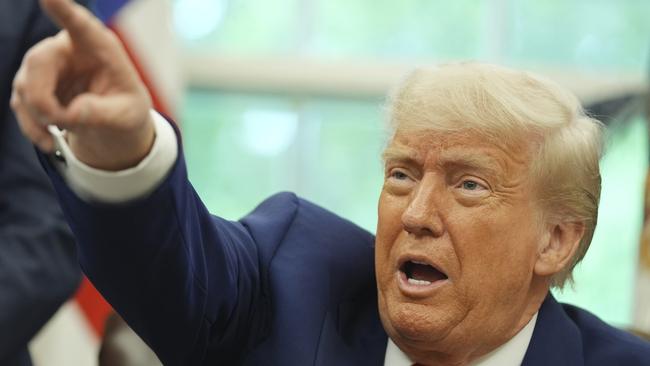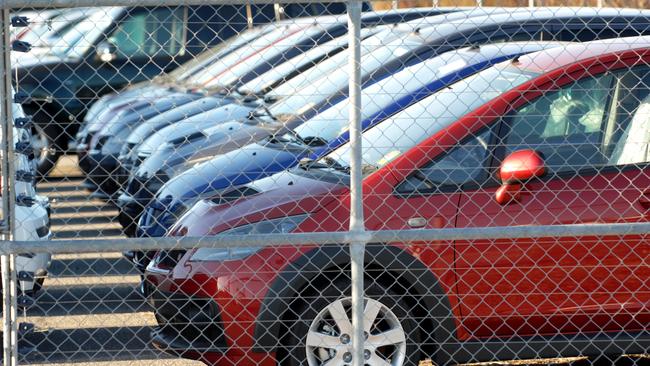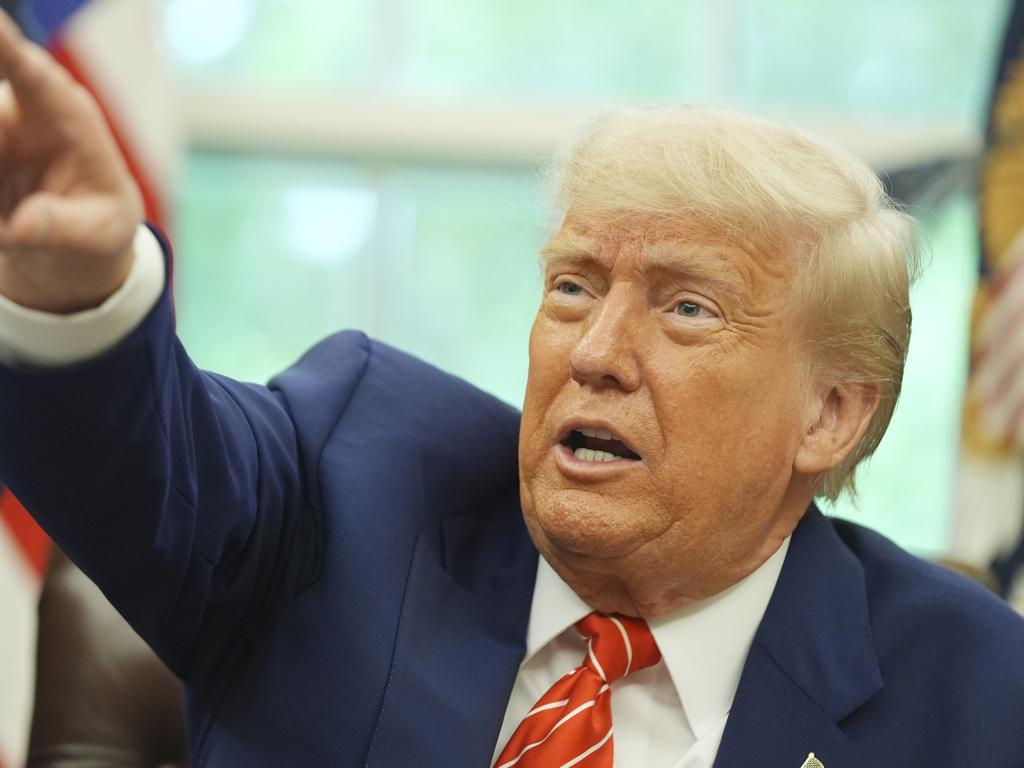
On the contrary, it represents a further retreat from the global trading system, rather than a small step towards its restoration.
Crucially, the 10 per cent tariff imposed on the UK as part of Trump’s “Liberation Day” tariffs remains in place.
This should set off alarm bells in Canberra.
Anthony Albanese should not rush to sign any deal if this is the template used by Washington. In fact, there may be advantages in waiting to see if Trump changes his approach.
Billed as the first trade deal to be clinched by the new US administration, the agreement with the UK amounts to an acceptance of higher US tariffs, which America claims will raise at least $US6bn.
The UK has won only narrow concessions – the first 100,000 cars sold in the US will be subject to a 10 per cent tariff instead of a 25 per cent tariff. The US tariffs on steel and aluminium exports will be lifted, with Washington agreeing to “negotiate an alternative arrangement”.

In return, the UK has accepted a tariff-free quota for 13,000 metric tonnes of US beef and removed its tariff on US ethanol. The US says this is part of a $US5bn “opportunity for new exports for US farmers, ranchers and producers”.
Further discussions will be held on pharmaceuticals, a future technology partnership and a potential digital trade deal.
One outcome is certain – the cost of trade will remain higher under this agreement than before “Liberation Day” on April 2.
It sends a signal to every other country locked in negotiations with the US that freer trade is not on Trump’s radar.
“I think that’s set,” the US President said of the 10 per cent tariff. “The template of 10 is probably the lowest.”
Erica York, the vice-president of federal tax policy at The Tax Foundation in Washington, told The Australian the “US-UK plan seems to set a floor on new US tariffs at 10 per cent, with potential room to negotiate the sectoral-specific tariffs down somewhat”.
“It signals that the goal is not free trade, nor lower barriers across the board, but that we’re moving into an era of higher US tariffs,” she says.
Canberra must be careful from here in its negotiations with Trump and insist on full reciprocity. This means zero tariffs.
To sweeten the pill for Washington, Australia has resubmitted its proposal to provide the US with a reliable supply of critical minerals. There has been no response.
However, the Australian government should hold firm.
There is no point embracing an exemption for steel and aluminium like the UK if Washington says it is conditional on the 10 per cent tariff remaining in place. This would be a backwards step.
Trump says he believes in reciprocal trade – he should be held to his word.






Don’t believe the hype. Despite the grand rhetoric and political theatre in the Oval Office, Donald Trump’s trade deal with the UK is not a historic breakthrough. Nor is it “full and comprehensive”.